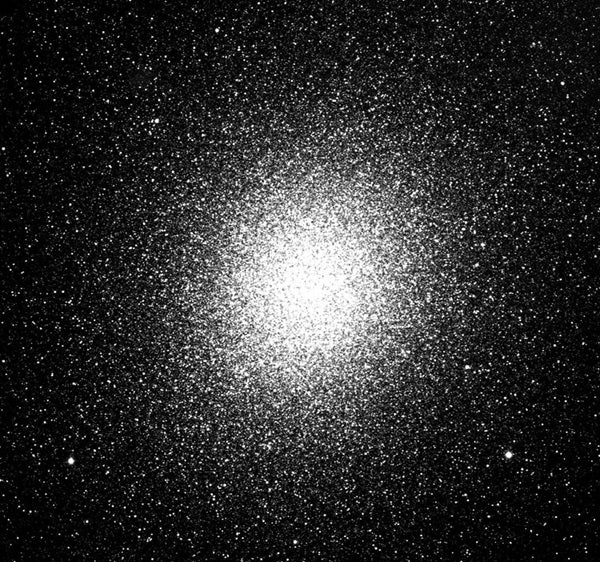Dwarf spheroidal galaxies are much bigger than globular clusters. The Pegasus dwarf spheroidal galaxy, which orbits the famous spiral galaxy M31 in Andromeda, spans 2,000 light-years. A newly discovered object, the Ursa Major dwarf spheroidal (see “New Milky Way satellite,” in News, July 2005) is about half this size.
By contrast, a typical globular cluster is roughly 100 light-years in diameter. And some dwarf spherical galaxies, such as Fornax, have their own globular clusters.
But while such galaxies are bigger than globular clusters, a dwarf spheroidal’s stars are spread over a larger area. The galaxies don’t shine as brightly as their size suggests.
In fact, the faintest dwarf spheroidals emit less light than the brightest globular clusters. To illustrate this point, we can compare the absolute magnitudes of the Ursa Major dwarf to that of Omega Centauri, the Milky Way’s brightest globular cluster. Using absolute magnitude, which is a measure of an object’s intrinsic brightness, astronomers can compare the light output from objects at vastly different distances, like galaxies and globulars.
The Ursa Major dwarf spheroidal has an absolute magnitude of roughly –6.75. But Omega Centauri vastly outshines it. With an absolute magnitude of –10.3, this globular cluster casts 26 times more light into space than the dwarf galaxy. — KEN CROSWELL, BERKELEY, CALIFORNIA










